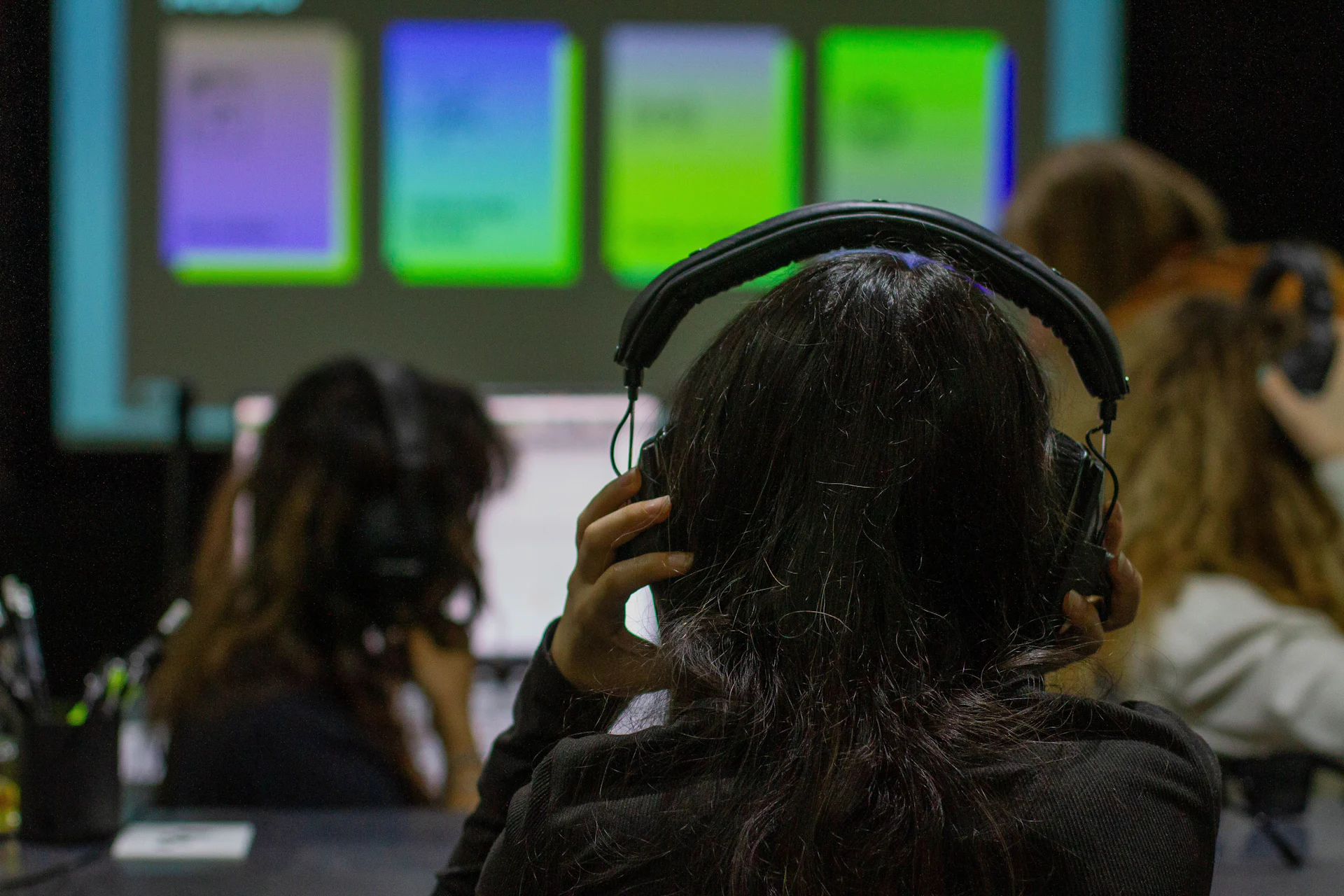
Engineers
8D Audio - what's it all about?
25 April 2022
8D Audio - what's it all about?
8D audio seems to have gone viral with everyone wanting to know exactly what it’s about and if it’s something new they can use in their advertising, content or music.
IRIS seemed to kick things off and it wasn’t long before we were sent the 8D Spotify playlists.
At Forever Audio, we’ve been producing ‘immersive’ or ‘3D’ audio for years. One of our favourite campaigns was a collaboration with Spotify and BBC Studios for Sir David Attenborough's Seven Worlds, One Planet nature documentary.
We produced seven spots using the distinctive sounds from each continent to create a disruptive and wildly immersive campaign, an example of which can be heard here (best experienced through headphones).
So when we heard of another dimension being added, we asked the experts who make music and immersive audio everyday, what they thought.
Here are some of our sound engineers’ responses on 8D audio:
Rob Baker - Head of Engineering:
To my ears, it sounds like it is using a very similar technique to our “immersive” or “3D” mixes. They have used a room reverb / impulse in a few examples with a mono source which gives the listener the sense of listening in a specific space. This method allows the sound source to move more noticeably around the space. We usually avoid this feature of the software when mixing for our immersive 3D audio as it doesn’t sound as clean and polished for an advert.
I’m confident 8D is a buzzword for an existing technology (and one that we already use). There seems to be a fair amount of audio processing going on - spatial processing using phase effects, room reverb / impulse response, EQ and overall signal / level balance. Some of the 8D audio is nicely detailed and well treated, but it’s more showing off the effect than improving the music. I would imagine Dolby Atmos to binaural downmix is being used in a few cases.
Personally I don’t see much point in 8D music where it’s slowly panning around the listener’s headspace as, for me, this makes the track sound a lot worse. You also have to create a mono source from the original stereo audio which detracts from the music just to create the 8D effect.
________________________________
Al Bolt - Senior Sound Engineer:
I’ve never heard of it. I’ll caveat this by saying I’m usually pretty cynical with stuff like this, so apologies if anything comes across bluntly; but to me it’s not founded in any science and it’s just a bit of a marketing gimmick. I can’t find anything on the site that says what it actually does which is always a red flag - anything really geared towards high fidelity always wears details like this on its sleeve. Using my ears, turning on the ‘IRIS’ function just applies a bassier EQ, turns it up and gets rid of any panning (making it mono), their example of Wish You Were Here doesn’t do it any favours. This takes out any intricacies in the work that the mixer and mastering engineer would have done. On certain tracks it might sound more impressive, just because the EQ is more favourable to headphones, but this could be achieved by the EQ in your phone settings if you desired.
The 8D Spotify playlist seems to me to be just ‘3D audio’ (binaural) - someone has spun the track around and added their own sound design, just a bit of a fun idea really, much less disagreeable than ‘IRIS’ (the name is just a bit misleading).
There’s no indication of what IRIS is actually doing - there’s nothing we couldn’t do with existing spatial audio techniques that we use for our ‘3D audio’. The 8D playlist is just someone having fun with a spatial binaural panner. It’s just buzzwords.
________________________________
So there’s the verdict: 8D audio is nothing new and in some cases, it’s making binaural or standard immersive and stereo sound worse.
Finally, wr decided to put it to the test and asked our resident composer superstar and sound engineer wizard to make one of our Library tracks 8D.
Listen to the original here and the 8D here.
To quote Flight of the Conchords, that’s too many ds on the dancefloor for me.